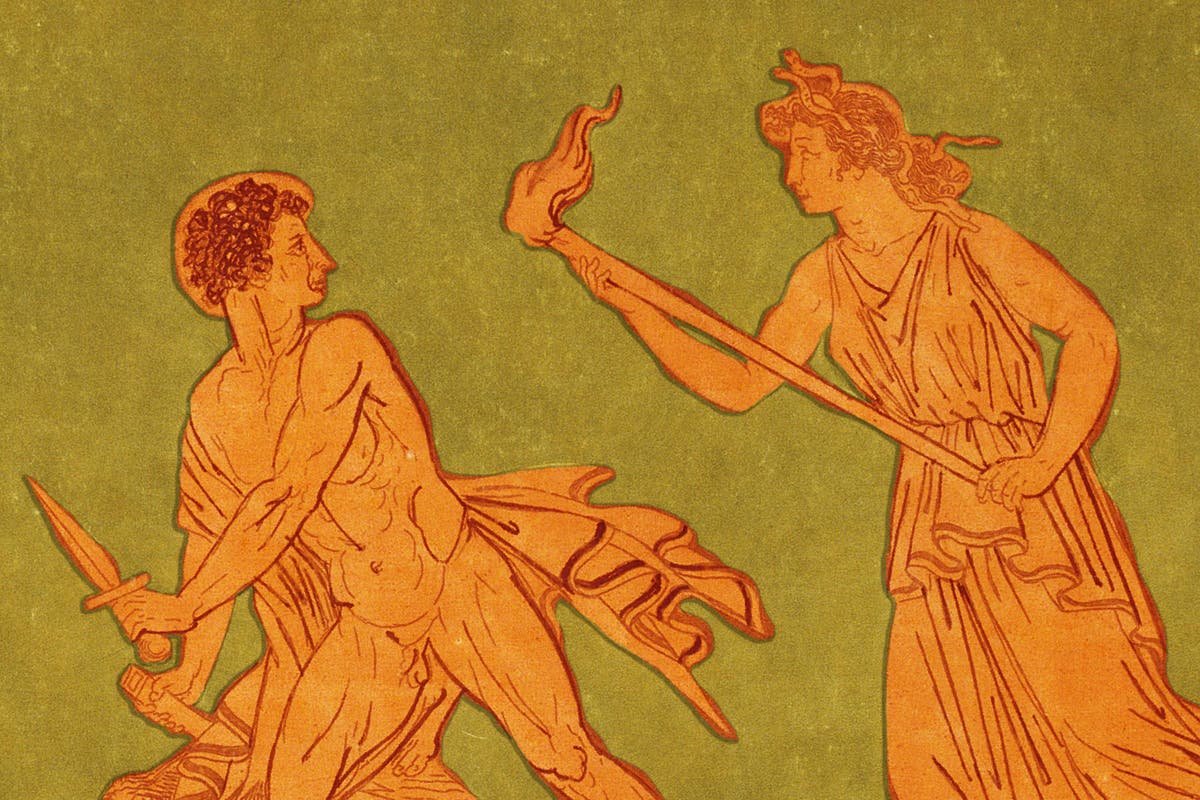
Confessional dating essays: How sad girls with bad boyfriends took over the internet
The IndependentStay ahead of the curve with our weekly guide to the latest trends, fashion, relationships and more Stay ahead of the curve with our weekly guide to the latest trends, fashion, relationships and more Stay ahead of the curve with our weekly guide to the latest trends, fashion, relationships and more SIGN UP I would like to be emailed about offers, events and updates from The Independent. Like Kaplan’s essay, CJ Hauser’s “The Crane Wife” revolved around a broken relationship, the denial of a woman’s needs and desires, and a woman teaching herself to deny her own needs and desires. “Every morning,” Hauser writes, “the crane-wife is exhausted, but she is a woman again.” For the author, this folkloric and forlorn avian trickster acts, like Nora Ephron in Kaplan’s piece, as another patron saint of militarised vulnerability. Connolly wrote of the collection’s tendency to elide subjectivity in favour of “sweeping generalities that don’t quite ring true – particularly in statements about the way women are and how they act, and hence the form heterosexual relationships tend to take.” Connolly returned to this topic in a piece for Slate a fortnight ago, suggesting that the trend for essays like Hauser and Kaplan’s applauds “not female honesty. open image in gallery ‘Relatable’, simplistic ideas of trauma and abuse may have influenced the treatment of Amber Heard by many this year Writing for The New Yorker in January – in an essay that went viral – the critic Parul Sehgal described the dominance of “the trauma plot” in fiction and non-fiction, and that “to question the role of trauma, we are warned, is to oppress”.
Discover Related
















































